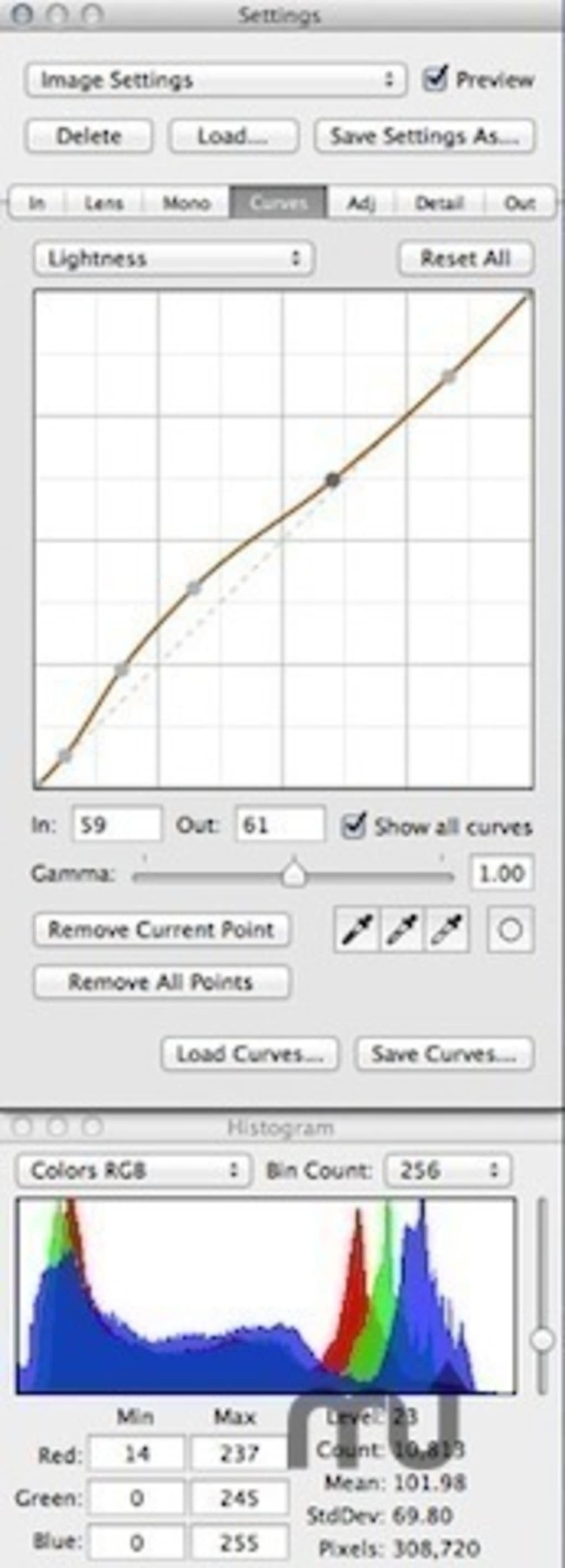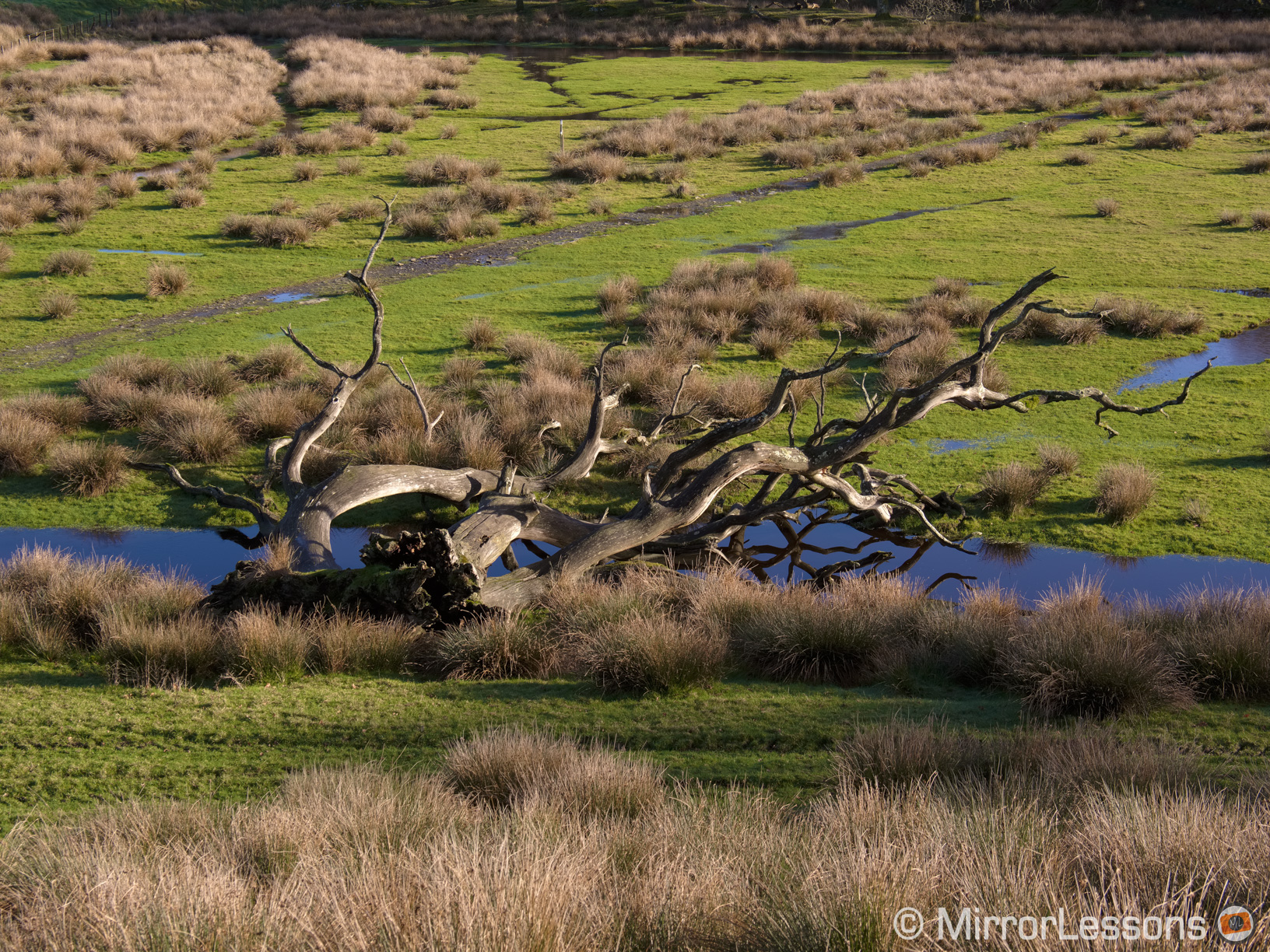

It also adds drama by depressing the midtones somewhat, sort of the opposite of what Fuji's Acros + Y does by default. I converted it into "B&W Low Contrast," which is a bit funny because the conversion was higher in contrast than the other two. Lastly, I opened up the same file in Adobe Camera Raw (ACR), my first step of choice for lo these many years. Me? Well, I just got a lot more interested in Fuji X Raw Studio and Fuji's JPEGs in general.

Tests, if they are well-designed experiments, provide data trials just provide clues, or indications of which fork in the road you might want to investigate further. Bottom line, this is not a test, it's a trial. And neither image had sharpening or noise reduction applied (although neither seemed to need it). And of course the B&W conversions are different. I only matched contrast visually, which might be throwing things off (selling stereos, back in another lifetime, people could seldom detect slight differences in loudness but would prefer speakers that were played slightly louder). I might not have had the optimal settings in Iridient X Transformer I did some research but of course different people have different recommendations. Now, lots of things could be different here. Again, your mileage may vary, but the Fuji version looks more like bushes and grass to me. Iridient on the left, Fuji X Raw Studio on the right. One more, of the forsythia blooms at the lower left corner of the frame (these are a little out of register and I forgot to match the contrast, sorry): Here's the whole test picture again so you can calibrate to the areas you're looking at: We're looking at quite small segments of the overall image. If you disagree, I'm okay with that, but to me the lower sample looks more like tree branches. (Recall that with B&W panchromatic films, filters lighten their own color and darken their opposite, so yellow filters darken blues.) That's the effect of the "virtual yellow filter" changing the spectral response in the Fuji X Raw Studio B&W conversion. Note that the sky is a slightly different value in these.

But then I noticed something-the bare tree branches in the background seemed more smeared and less "rounded" or real in the Iridient rendering:
Iridient developer software#
Again, bear in mind that the blogging software softens the images I post here just slightly.) You can open up both and set them next to each other so you can let your eyes go back and forth from one to the other.

(If you open these up by clicking on them, they should be at 100% on your monitor. More detail, harder edges, a little more microcontrast. Since I already had the Fuji Acros + Y version made with Fuji X Raw Studio open in another tab, it was easy to toggle back and forth and compare the two.Īt first, the Iridient version looked a little better. DNG using Iridient Digital X Transformer, reputed among aficionados as being one of the best raw converters for Fuji X-Trans files, then opened it in ACR and converted it to Adobe Grayscale. Well, I got curious yesterday, and did a few more comparisons.


 0 kommentar(er)
0 kommentar(er)
